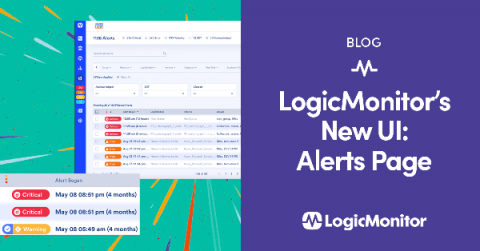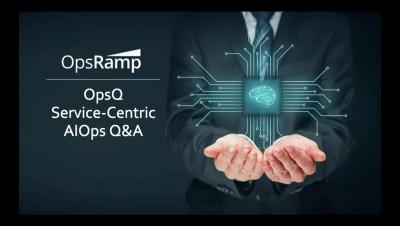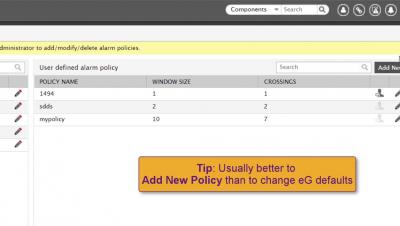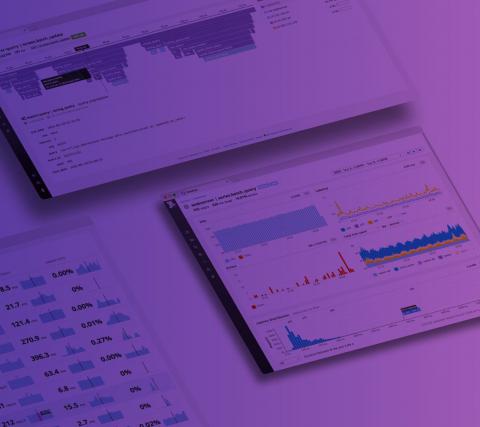Managing IT Complexities with Automation
Digital transformation is not just a buzzword. It’s real, it’s happening and there is no escaping it. IT teams strive to propel their businesses towards growth and innovation. That’s why 2019 is all about transformative projects in tech: CIOs are planning to increase their investments in cloud technology (67 per cent), AI and machine learning (54 per cent), and emerging tech vendors (41 per cent).











